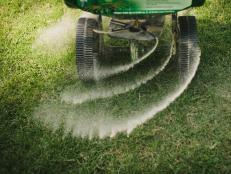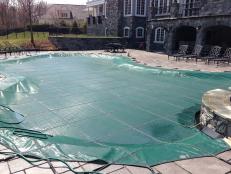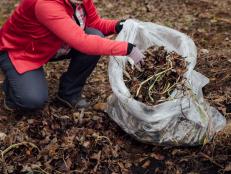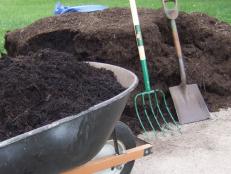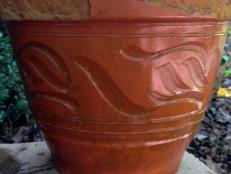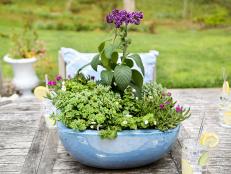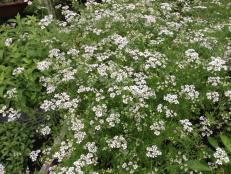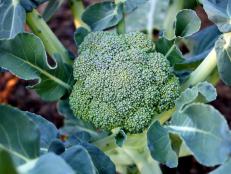Fall Gardening Checklist
Essential chores to get your garden, lawn and tools ready for cooler weather.

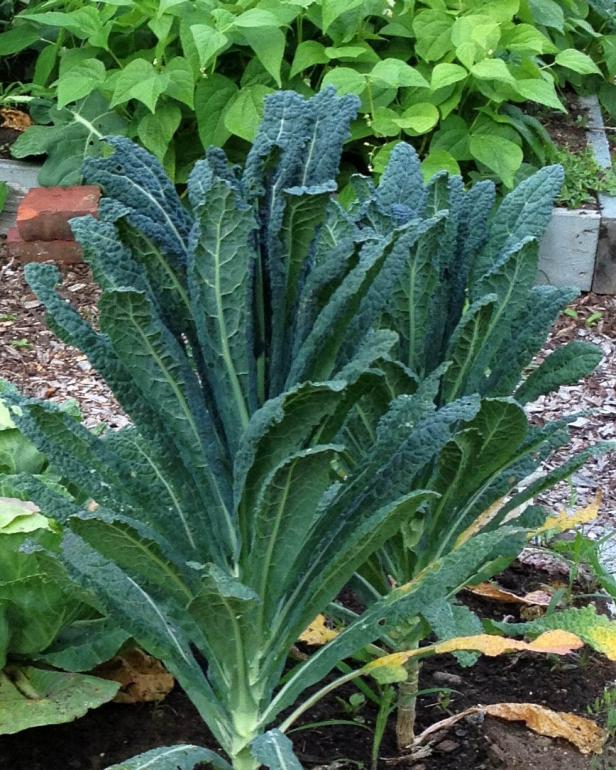
Image courtesy of Felder Rushing
It’s hot. It’s dry. We’re tired, and have other stuff to do. The TV beckons. How many whiny excuses can we come up with to keep from going outside to get late-summer garden chores done before the chilly weather kicks in?
To be honest, I’m just kinda worn out from a long summer of taking care of the lawn, planting fall veggies and dragging a hose from my potted plants to flower and herb borders. My spring and early summer eagerness to get out and get stuff done is long gone.
Oops – am I starting to whine again? It isn’t possible to savor garden success without earlier planning, planting and tending. The Second Law of Thermodynamics—order goes toward chaos—means we gotta stay on top of things, or things start to fall apart.
Beyond just keeping the lawn mowed and flower beds weeded – and of course planting daffodil bulbs and colorful (and nutritious) kale - here are a few things we can do now, maybe over the Labor Day weekend (in between excuses), to help us enjoy our gardens more later.
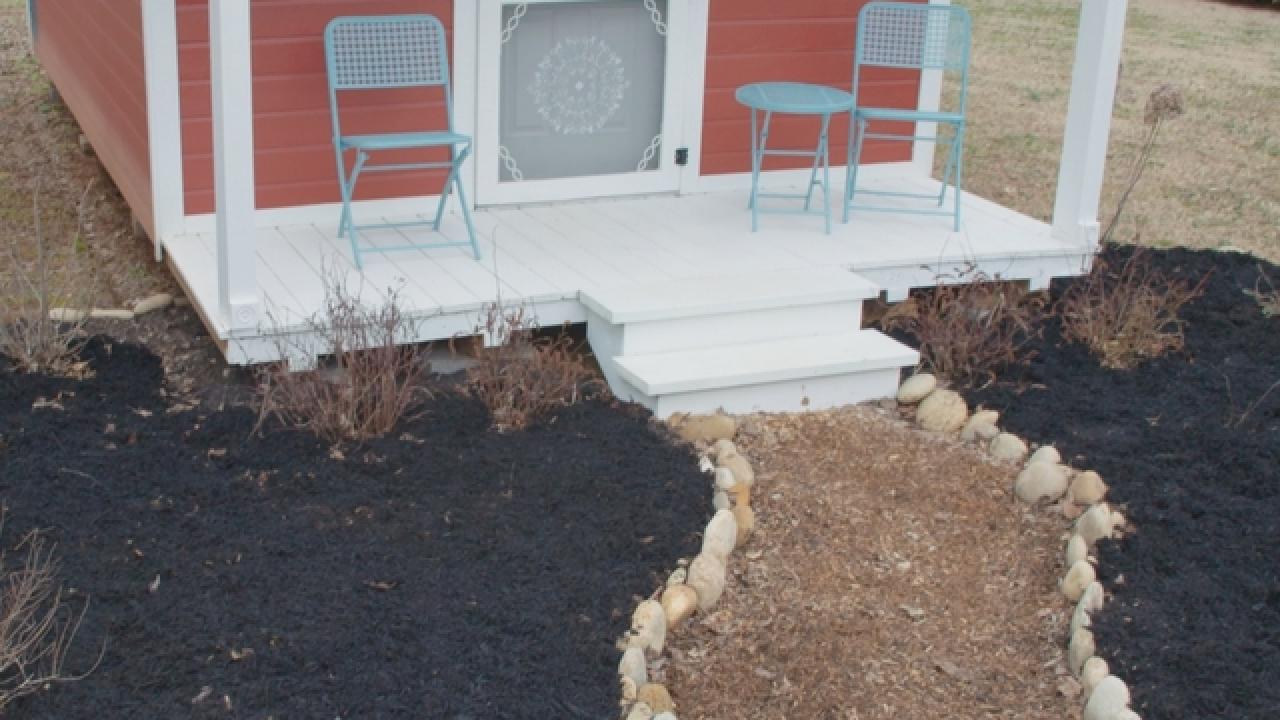
Lawns Need Late-Summer Attention
Next spring’s lawn weeds can be headed off if we take care of and thicken up the lawn before it starts to go dormant this fall. Here's what to do:
- Apply a high-potassium winterizer fertilizer soon, to help the lawn prepare ahead of time for its upcoming dormant season.
- Folks in the warmer parts of the country can actually apply a preventive herbicide to kill cool-season weed seeds as they sprout, rather than wait until the stuff is up and growing to try to kill them with sprays that may harm other plants.
- If you overseed your lawn for the winter with rye grass or other cool season grasses, get it done early enough for the seed to sprout, grow deep roots and get established before cold weather sets in.
- Plan now to mow rather than rake fall leaves, as long as you can, as a healthy way to “feed” the worms that take the leaf matter down deep into the lawn and tree roots.
- When leaves get too thick to mow into oblivion, rake, blow or bag them for the compost or leaf pile later.

Image courtesy of Felder Rushing
Composting and Rain Barrels
Speaking of compost, be careful if you collect bagged grass clippings from neighbors who may use weed killers and fungicides, which can cause problems in your compost pile. My compost pile is finally almost used up, what with putting it on flower beds and spreading it around under shrubs. But early fall colors in neighborhood trees are telling me it won’t be long before the good stuff starts falling once again, and I'll be raking or bagging and hauling to my bins.
- If you can, lay plastic sheeting (or, in my case, an old shower curtain) underneath a new compost pile to help keep tree roots from growing up into the compost (a very common problem with bare-ground compost piles).
- I always throw old compost onto the top of new material, to “inoculate” the fresh leaves and grass clippings with beneficial bacteria to help jump-start the composting process.
- To keep rain barrels from getting stagnant and stinky, use up any old water and clean the barrels before fall rains start to refresh and replenish them.
- While you are fussing with rain barrels, check gutters to make sure they aren’t clogged with old gunk that can cause them to overflow when new leaves start to fall.
Fall and Winter Veggies and Herbs
- The “regular” garden, where we grow our vegetables and herbs and a few cutflowers, should be cleaned up by now, with leftover plants pulled and composted, and weeds pulled, hoed or simply over and dug into the soil.
- Rhubarb can be cut down now, and asparagus ferns can be cut, composted and a fresh layer of natural tree leaf mulch added to keep the area neat and weed free over the winter. I always add a handful of daffodils and other spring bulbs at the ends and scattered randomly in the asparagus bed for a little spring “happy” in an otherwise visually-empty spot in the garden. Why not?
- Soil can be worked up this fall with compost or chopped tree leaves to it, rowed up, and covered with mulch, so it will be ready to plant as early as possible in the late winter and spring. One of the easiest fall opportunities is through sowing seeds of ryegrass, vetch or clover over freshly dug soil, which will grow all winter, absorbing nutrients from the ground and growing a nice crop of both leaves and roots. When turned under in the spring, this “green manure” will give your summer garden a really nice boost in organic matter.
- Though in most of the country it’s too late to set out broccoli, cabbage, Brussels sprouts, beets and carrots, and other plants that need three or four months to mature, a lot of gardeners can get in one more planting of colorful lettuces, turnip and mustard greens, and set out plants of cold-hardy collards and kale. It’s also time to push garlic clovers a couple of inches into the soil in double rows (and, like with asparagus, add a handful of daffodil bulbs just for the fun of it).
- Hopefully you have collected a few seeds of heirloom tomatoes, peppers, beans and other valuable “open pollinated” plants, to plant next year or to share with neighbors. This is a great time to check out online seed company sites to get in your orders early before favorite plants are sold out. Share favorite web sites with friends.
Care for Tools and Equipment
- Clean tools thoroughly before putting them away for the winter. Wash off caked dirt, and coat both metal parts to prevent rusting, and add linseed oil to wooden handles to keep them from drying out and cracking. Double check what you used this season to see if any needs replacing over the winter.
- Drain gas from power equipment engines to keep themn from gumming up and causing problems when cranking the first time next year. Loosen the spark plug, add a drop of oil to the firing end, and replace. Check air filters to make sure they are clean.
- Finally, if you don’t know whether your soil is acidic or alkaline, or to find out if your garden has any nutrient deficiencies—or if you are overdoing it already—take a soil sample to your county Extension office to send off for testing. While there, pick up any publications you may want on pruning, plant selection, pest and diseases, or other interesting fact sheets.
General Fall Tasks
In addition to planting spring bulbs and the aforementioned kale, set out a few winter-hardy annuals, including violas, and rework and mulch the beds you will leave bare over the winter.
- Get potted plants ready to be brought indoors. The warm, moist soil of potted tropical plants is ideal for ants and other small critters to snuggle into for fall; keep unwanted hitchhikers from being brought in by flushing the soil with several waterings, a few minutes apart. Clean up faded or dead leaves, spray the undersides of remaining foliage with clear water to remove any spider mites or other lurking pests, and apply fresh mulch to the soil surface to prevent tiny potting soil-eating fungus gnats from swarming in the house later.
- If your garden shed or tool closet looks anything like mine, with gear and supplies pulled out and hastily stuffed back in over the summer, reorganize and neaten it before winter. Most unused insecticides and fungicides quickly lose strength after first being opened—safely discard those you won’t be saving until next year. And take it from my own experience: watch out for wasp nests that may have been built in the eaves over the summer!
- Watch for biting and stinging bugs outdoors. Wasps get a bit frantic in the fall. And if you love taking long walks along trails through fields and in the woods in the autumn, remember that ticks, chiggers and other critters are more active after a long, hot, dry summer. Wear insect repellent, and check later for any that may have made it up your pant legs.
- Finally, visit a local farmers’ market for late-season bargains on fresh vegetables, herbs, fruits, jams, jellies and other farm products. See when the pumpkins will be arriving for fall landscape decorating.
Main thing is, you don’t have to be the proverbial lazy grasshopper, putting things off to play in the sun while the busy ant works itself into a tizzy trying to get ready for winter. Just find a happy medium that you and your garden can live with without having to rush it all later.






